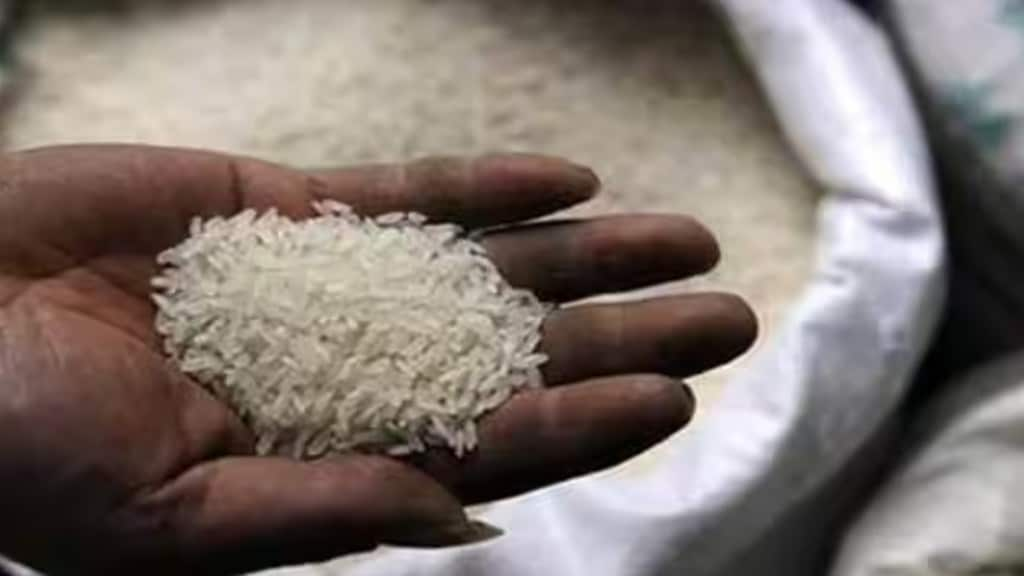With rice prices hitting record highs, Malaysia capped domestic retail purchases of local rice varieties in September 2023, which followed a move by India to halt exports of parboiled and Basmati rice in July. This move by the world’s leading rice supplier triggered a global price spike, said a report by GlobalData. “Such government-imposed price controls, rationing, stockpiling, and export bans, coupled with crop losses due to climate change, are severely disrupting Asia’s supply of rice, a dietary staple and major nutrition source in the region,” the report said. The scarcity and record high prices of rice, it further added, can tear the economic, political, and social fabric of Asia, which accounts for an estimated 93 per cent of global rice consumption in 2023.
India had, in July, imposed a ban on export of non-basmati white rice to curb domestic prices. Later in August, it had imposed a 20 per cent export duty on parboiled rice. The move hit global grain supplies, even as it was announced to help contain cereal inflation which has remained in double digits since October last year. While announcing the ban on non-basmati white rice exports, the government had, on July 21, 2023, stated that the exports of white rice will be allowed for meeting the food security needs of the countries and on the basis of their request.
Bobby Verghese, Consumer Analyst at GlobalData, said, “Extreme weather conditions, ranging from floods in China to droughts in Thailand, have destroyed paddy crops across the Asia-Pacific. India’s export ban catapulted global rice prices to decade-highs, dealing a blow to low-income households. This prompted Malaysia to curb retail per-head purchases and price gouging among retailers.”
“With rice being a core ingredient in its basket of goods, the Philippines, one of the world’s largest rice importers, also recently capped domestic rice prices and reduced rice import prices to rein in consumer price inflation. Vietnam, Thailand, Cambodia, and Myanmar are surplus rice producers that can potentially bridge the void left by India’s export ban. Vietnam is already benefiting from high export demand and prices for its rice. However, following in the footsteps of Malaysia, these countries may cap rice exports to prevent domestic price spikes and hoarding,” he added.
Tim Hill, Key Account Director at GlobalData Singapore, said, “The onset of the El Niño weather pattern is set to trigger more spells of droughts and heavy rains, and Asian paddy farmers are switching to weather-resilient crops, leading to potential shortages of rice. This shortage will escalate overall consumer prices and widen the poverty gap in countries with low per-capita household incomes. With Asia’s rice consumption projected to rise at a 5.3 r cent compound annual growth rate (CAGR) over 2023–27, such rice supply and price shocks can also spark social unrest and political upheaval. Only countries with a sizable rice stock buffer, such as China, can tide over the present crisis.”
Bobby Verghese further added that India’s rice export ban is the latest crisis to derail world trade after Russia withdrew from the Black Sea Grain Initiative, and stunted global food, feed, and fertilizer trade. “Indonesia triggered a similar shockwave across the global food industry in 2022 by restricting palm oil exports shortly after the Russia–Ukraine conflict disrupted global sunflower oil supplies. Such government pricing and trade controls can have a ripple effect on other food prices, thereby stoking global food price volatility. Moreover, high food prices can erode consumer spending on non-food products,” he said.
Tim Hill concluded, “The rice price shock points to the fragility of international trade, which has been frequently disrupted by disease outbreaks, erratic weather, and geopolitical issues over the past five years. To ensure food security for their growing population, Asian governments are striving to attain self-sufficiency in the production of key foodstuffs and reduce dependence on imports. However, with climate change expected to disrupt agricultural production more strongly in the coming years, the diversification of global supply chains is critical. The adoption of drought-resilient rice varieties is also pivotal for insulating paddy production from the vagaries of El Niño.”


